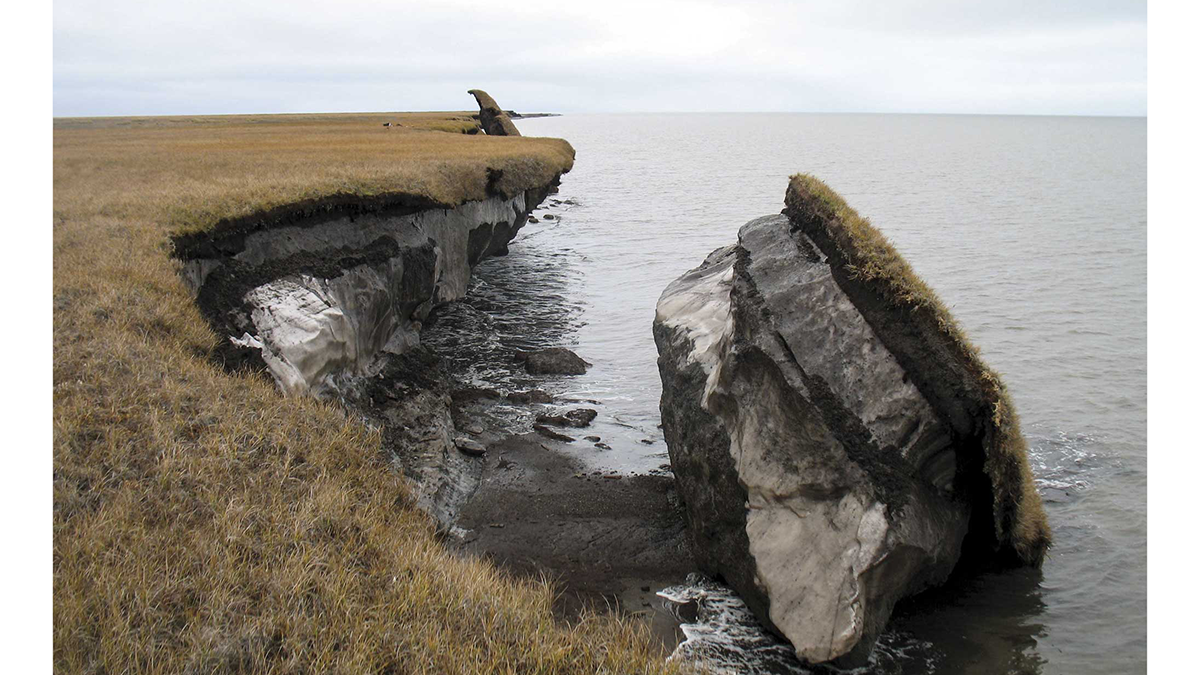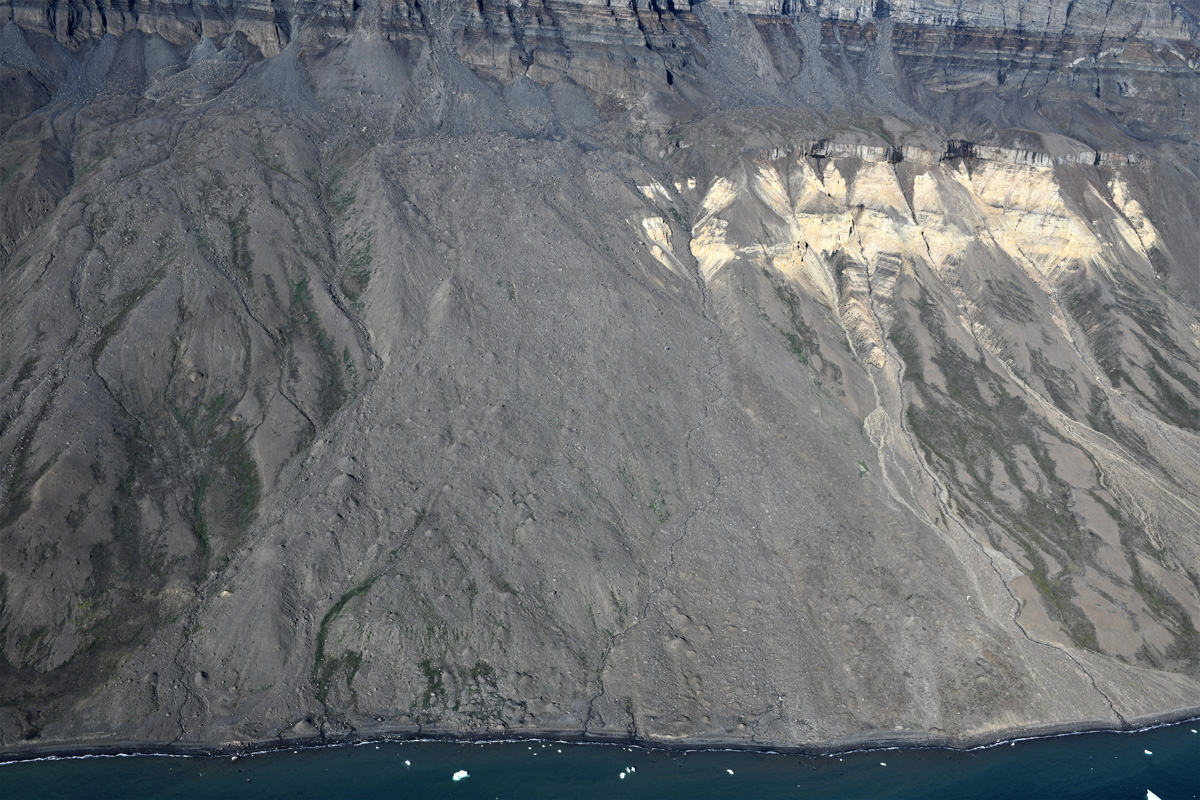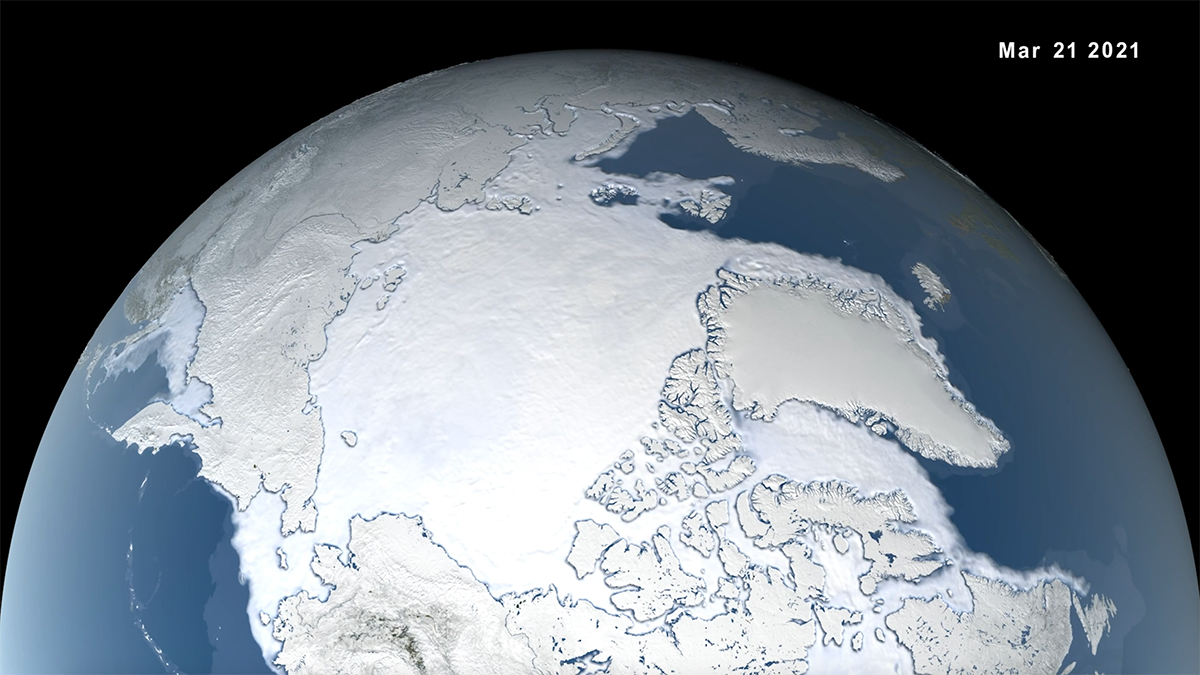The Arctic is warming up, but instead of large rivers migrating faster, they’re actually slowing down because of shrubification.
Arctic
What We Know and Don’t Know About Climate Tipping Elements
As climate change continues, parts of the Earth system such as ice sheets, frozen soils, or the Amazon rainforest could shift—some quickly, some slowly—after crossing key thresholds or tipping points.
A 1952 Landslide Hints at Early Permafrost Thaw in the Arctic
Scientists took a deeper look at a 70-year-old slide and found that climate change likely set the stage for the disaster.
Rivers in the Sky Are Hindering Winter Arctic Sea Ice Recovery
Climate change is increasing the frequency of moisture-dumping atmospheric rivers in the Arctic. The storms are pushing back sea ice at a time of year when it should be expanding.
El derretimiento del hielo marino del océano Ártico potencia las mareas
Si el cambio climático anula el ciclo estacional de hielo y deshielo, se desencadenaría un ciclo de retroalimentación de derretimiento del hielo marino en algunas partes del Ártico canadiense.
Drones Make Weather Prediction Easier at the Poles
Researchers measured wind speed with a commercially available drone and a lightweight sensor. The approach could help scientists gather more data from remote environments.
Winter Arctic Heatwave Drives Summer Impacts in Siberia
A cascade of land-atmosphere interactions resulting from a winter heatwave in Siberia led to significant summer impacts that further exacerbated the heatwave effects on the region.
Third-Wettest Year in Arctic Wraps Up
The annual Arctic Report Card charts the rise in rain in northern latitudes and serves as a new “vital sign” of the region’s shifting climate.
Glacial Ice Offers Polar Bears a Precarious Climate Refuge
An isolated polar bear population in southeastern Greenland survives in fjords, despite spotty sea ice. But this pocket of bears is not a sign of how the species could be saved.
Underwater Sounds Help Reveal Extent of Glacial Calving
If a glacier calves into the Arctic Ocean, does it make a sound? Some scientists say yes and have devised a clever way to use those sounds to calculate the size of the fallen ice chunks.










